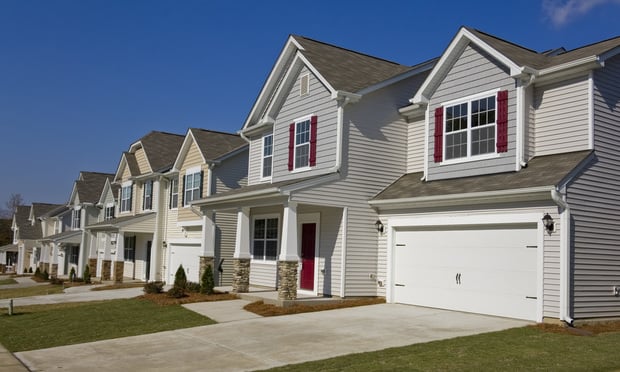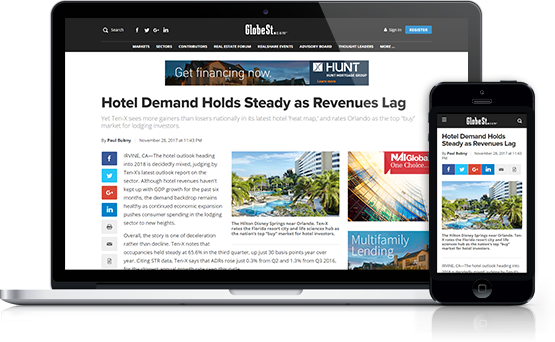The seismic shift in the new administration’s approach to government spending, and its impact on the way we do business, has been monumental to say the least. While affordable housing remains a bipartisan issue everyone seems apt to support, stakeholders in the multifamily residential space, particularly developers who rely upon federal funding, and HUD by proxy, are already starting to feel the effects of programmatic and budget cuts.
Going, Going, Gone.... but Not Forgotten!
The immediate fallout from the loss of key government funding, chiefly those tied to green programs and energy efficiency incentives, leaves stakeholders scrambling to fill the enormous void left by these cuts. Gone are the days of making razor-thin deals pencil by filling the gap in the capital stack with federal dollars supporting solar initiatives, energy efficiency and more recently climate resiliency. It remains to be seen whether these will be incremental losses and changes, or catastrophic shortfalls. And the same ill fate may soon ail state funding as well.
Recommended For You
To compound the issue, the tariff wars are just starting to heat up and the full breadth of their impact has yet to be realized. This exacerbates concerns around making deals work and heightens the urgency to take stock and rework sources and uses.
As construction labor and material costs continue to rise, the industry anxiously awaits a solution that lowers anxiety around projects already riddled with difficulties. In the meantime, value engineering, prioritizing solid fundamentals and strategies, and ensuring the feasibility and viability of a property’s short-term needs and long-term systems will be crucial to realizing the positive cash flow required to float said projects.
Value Engineering
While not always ideal, value engineering with tact is a way to trim excessive costs while maintaining integrity and intent in a scope of work and budget. Even if energy efficiency incentives are no longer readily available, the strategies and energy efficient design approach the industry has learned during the ESG boom can still be carried into a project. The efficient and collaborative design approach and resulting cost savings that can be realized on rent, utilities, and engineering/building operations are minimal added costs in today’s environment.
Feasibility and Viability of Properties’ Needs
Further, while it is nice to rely on rebate incentives to pay for more efficient appliances and mechanicals, the fact of the matter is that an energy efficient design boosts a property’s bottom line, income, and value without breaking the bank as they once did. And even if a green certification is not in the cards, the marketing boost and rent multiplier alone make continuing to pursue these avenues feasible and viable.
Creative Financing Strategy
Recently, more creative financing and funding strategies have also started to emerge as developers try to find ways to fund projects. Multiple equity and debt sources have always been necessary, but bundling Historic Tax Credits, and Housing Agency financing along with traditional debt is becoming an effective approach.
Per Scott Chiu, National Client Manager at Partner Engineering and Science, Inc., “In a landmark deal, a first of its kind 4% and 9% LIHTC and HUD finance/FHA-insured combination strategy was implemented on an affordable project in San Francisco, which has laid the framework for future opportunities leveraging this approach.” RAD and Section 18 Blends and similar product vehicles are other examples of thinking holistically about capital strategy and outlay.
In Conclusion
Whether they are recapitalization events, acquisitions/preservations, or new construction deals, it is all hands on deck to ensure affordable housing is not left behind. Despite the challenges, there is optimism that there are viable ways to address the funding gaps, allowing affordable housing and eco-friendly development to continue progressing. The industry's ability to innovate and remain flexible will be key to overcoming these difficulties and achieving long-term success.
© 2025 ALM Global, LLC, All Rights Reserved. Request academic re-use from www.copyright.com. All other uses, submit a request to [email protected]. For more information visit Asset & Logo Licensing.








